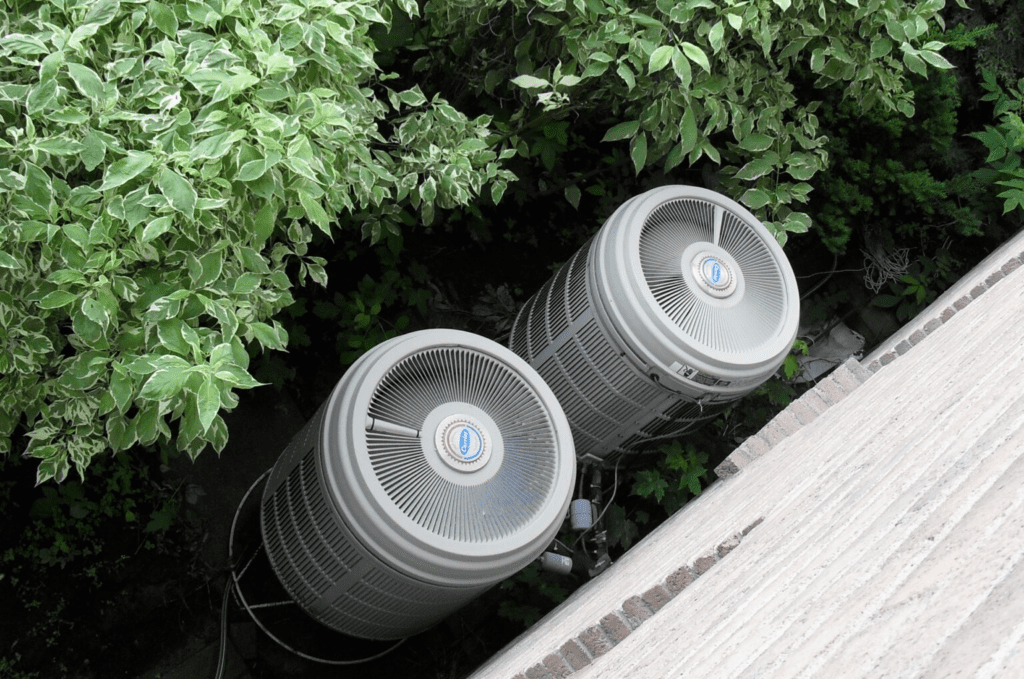NASA’s MOXIE experiment has successfully concluded its mission on Mars. This achievement by MOXIE is a significant step towards human exploration of the Red Planet. The experiment’s success means astronauts could produce oxygen directly from the Martian atmosphere. Such oxygen can serve dual purposes: as rocket fuel and for breathing. NASA mentioned, “When the first astronauts land on Mars, they may have the descendants of a microwave-oven-size device to thank for the air they breathe and the rocket propellant that gets them home.”
NASA Deputy Administrator Pam Melroy stated, “MOXIE’s impressive performance shows that it is feasible to extract oxygen from Mars’ atmosphere.” Melroy emphasized the importance of in-situ resource utilization for future lunar and Martian missions. Developed at MIT, MOXIE has generated oxygen 16 times while aboard the Perseverance rover. Since its arrival in February 2021, MOXIE has produced a total of 122 grams of oxygen. On its most recent run on August 7, MOXIE produced 9.8 grams of oxygen. The experiment operated under diverse conditions throughout a full Martian year.
NASA highlighted the necessity of ample rocket fuel for astronauts’ return trips from Mars. The concept of using available resources on Mars for life support is known as in-situ resource utilization (ISRU). NASA’s next objective is to develop a comprehensive system that includes an oxygen generator like MOXIE and a method to store and liquefy the produced oxygen. The Perseverance rover, which landed in February 2021, carried MOXIE, a golden box set to revolutionize space exploration. MOXIE stands for “Mars Oxygen In-Situ Resource Utilization Experiment.” By August 7, MOXIE had produced 9.8 grams of oxygen in its final run.
In total, MOXIE generated 122 grams of Martian oxygen, equivalent to what a small dog breathes in 10 hours. Impressively, MOXIE produced oxygen at a rate of 12 grams per hour with a purity of at least 98%. NASA officials noted, “When the first astronauts land on Mars, they may have the descendants of a microwave-oven-size device to thank for the air they breathe and the rocket propellant that gets them home.” Producing oxygen on Mars offers two primary advantages: ensuring ample oxygen supply for astronauts and serving as a crucial component of rocket fuel.
Trust Kortes, director of technology demonstrations at NASA’s Space Technology Mission Directorate, highlighted the importance of astronauts ‘living off the land’ on Mars. Oxygen is a vital ingredient in rocket fuel, and its production on Mars would significantly reduce the weight of missions. To launch four astronauts from Mars, approximately 15,000 pounds of rocket fuel and 55,000 pounds of oxygen would be required. Scientists propose producing the oxygen component of rocket fuel directly on Mars as a more sustainable and cost-effective solution. Jim Reuter, associate administrator at NASA’s Space Technology Mission Directorate, emphasized the importance of producing propellant on Mars for the return journey.
MOXIE’s capabilities might also benefit lunar astronauts if adapted for the moon. NASA’s Artemis missions aim to extract water on the moon, another vital component for rocket fuel. Minimizing payloads is crucial for space agencies envisioning a future where humans live beyond Earth. MOXIE operates by extracting oxygen atoms from the carbon dioxide molecules in Mars’ thin atmosphere. The extraction process requires temperatures of around 1,470 degrees Fahrenheit. MOXIE’s design incorporates heat-tolerant materials, including nickel alloy parts and a gold coating. The gold coating on MOXIE reflects infrared heat, ensuring the safety of the Perseverance rover.
Similar Post
The mission’s success has led to discussions about developing a full-scale system that includes MOXIE and a storage solution for the produced oxygen. Michael Hecht of MIT, the instrument’s principal investigator, expressed satisfaction that MOXIE was the first technology to be validated on Mars. Terraforming Mars has been a long-held dream, but the planet’s current atmosphere lacks sufficient oxygen for human survival. Transporting oxygen from Earth to Mars would be prohibitively expensive. The Perseverance rover, which has been on Mars since 2021, carried the MOXIE device. MOXIE’s operations have now concluded after successfully producing oxygen for the 16th and final time. The device, created at MIT, surpassed initial expectations.
NASA Deputy Administrator Pam Melroy emphasized the feasibility of extracting oxygen from Mars’ atmosphere. Trudy Kortes, director of technology demonstrations at NASA, stated, “By proving this technology in real-world conditions, we’ve come one step closer to a future in which astronauts ‘live off the land’ on the Red Planet.”
















